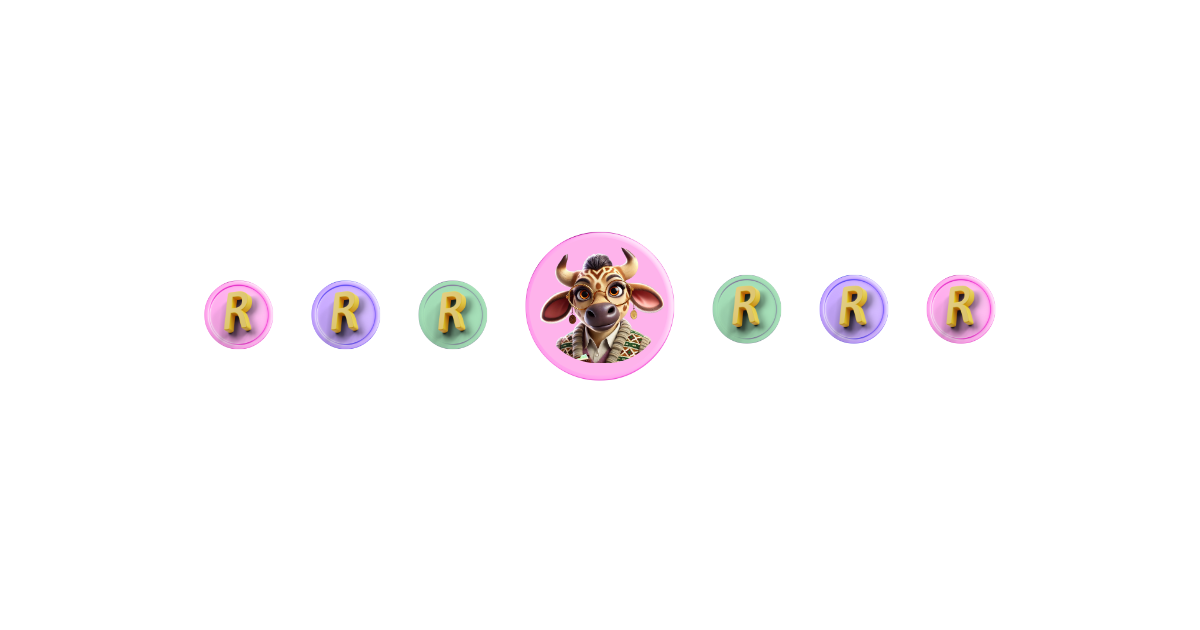

Teach kids financial freedom early: cultivate choice, build saving habits, and use the 4S Money Jars to shape a healthy, empowering money mindset
The phrase “financial freedom” gets thrown around a lot these days. But people often mistake it for having piles of money lying around.
But what financial freedom really means, though, is having the ability to choose how you live. Isn't that a powerful gift to pass on to our kids?
But here’s the good news for families: kids don’t need to wait until they’re grown-ups to learn about financial freedom. Kids in primary school can already start practising financial freedom in small, practical ways that shape their future relationship with money.
1. A Mindset to Cultivate
Kids often see money as a way to buy stuff. But what money really is is a tool for making choices.
Take R100, for example.
- They could use all of it to buy sweets or the latest toy - spending it all
- Or they could use it to buy some art supplies to make birthday cards to sell - the start of a business
- They could even use R100 to put toward their savings - saving for something special, or a longer-term investment.
- Or buy ingredients to bake cookies - unlocking an additional source of income for them
So instead of asking, “What can I buy?” teach them to ask, “What options and choices does this money give me?”
Takeaway: When children equate money with choice, they step into the mindset of freedom.
2. A Habit to Form
When your mini millionaire learns to set aside money before they spend it, they’re already practising freedom. They’re purposefully not locking themselves into impulse purchasing.
And research has shown that people with strong saving habits score higher on financial literacy, making them more likely to make sound money decisions when they’re adults.
Even putting a small amount towards their saving each week helps to build their savings muscle. Encourage your child to put away a portion of pocket money first, even before buying those sweets or that toy.
Over time, this habit of saving becomes the starting point rather than an afterthought.
Takeaway: A small saving habit is the foundation for financial freedom.
3. A Tip to Try
We’ve spoken about the 4S Money Jars before. It’s how your mini millionaire can divide up pocket money or birthday money. If you missed it, the jars are: Spend, Save, Sow, and Share.
Here’s how each jar represents freedom:
- Spend: short-term choices that teach freedom now.
- Save: medium-term choices that teach freedom later.
- Sow: long-term growth that teaches freedom for the future.
- Share: a choice beyond yourself that teaches freedom from greed.
Takeaway: Each jar represents a freedom your child can hold in their hands.
Free Download: Our Money Jars Toolkit.
This week’s free downloadable resource is our Money Jars Toolkit.
All you need are four see-through jars and our printable sticker set.
Each jar gets a label: Spend, Save, Sow, and Share. Kids can colour in their own stickers or use the ready-made ones, then stick them onto their jars.
It turns abstract money lessons into something they can see, touch, and use daily.
So hit download, print it out, stick on a jar and get going Spending, Saving, Sowing, and Sharing.
